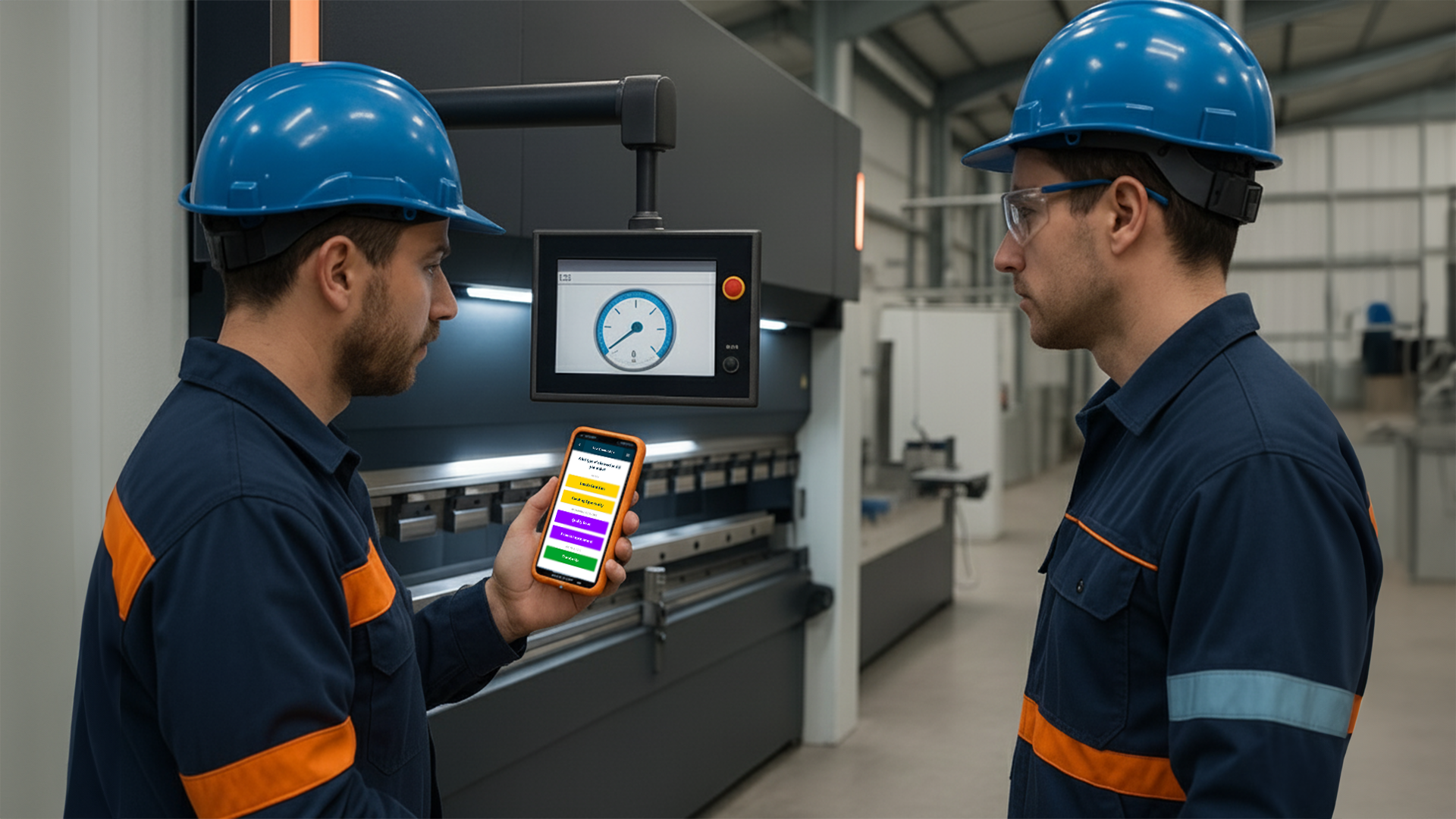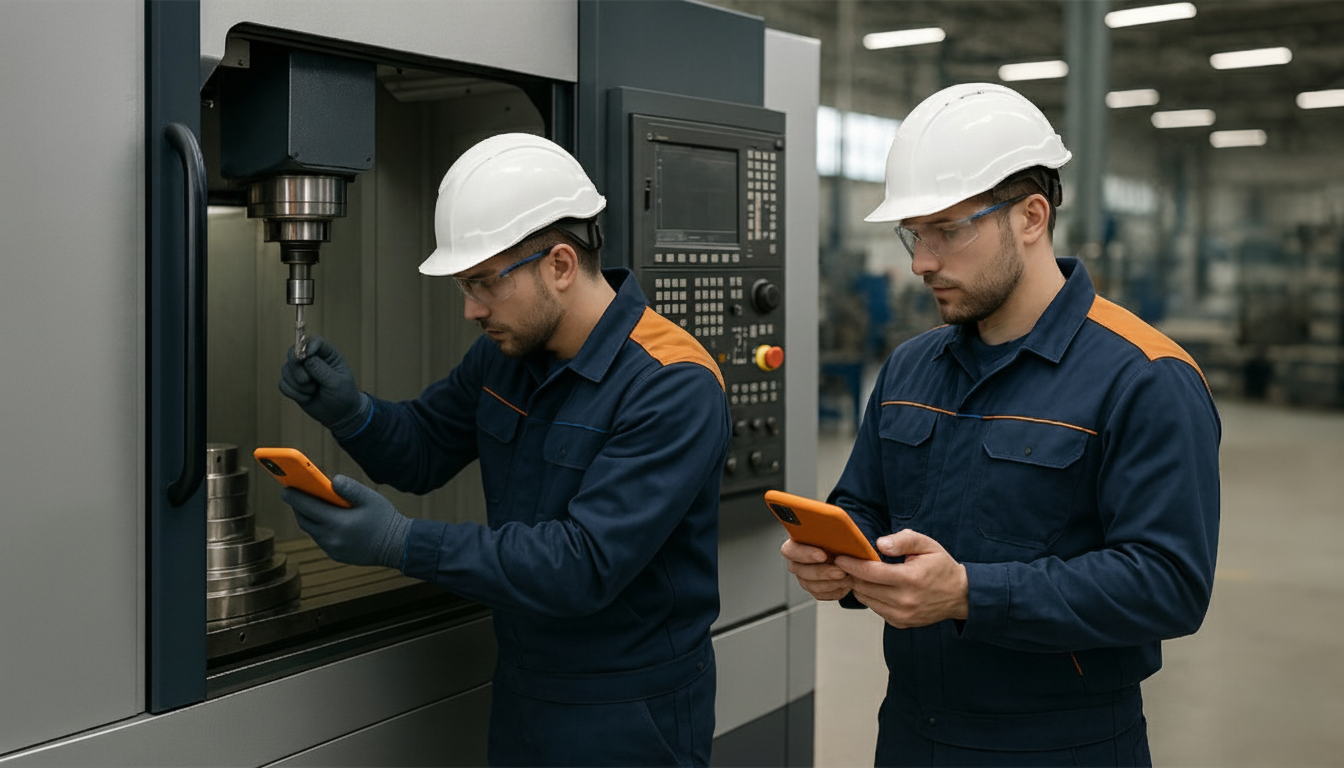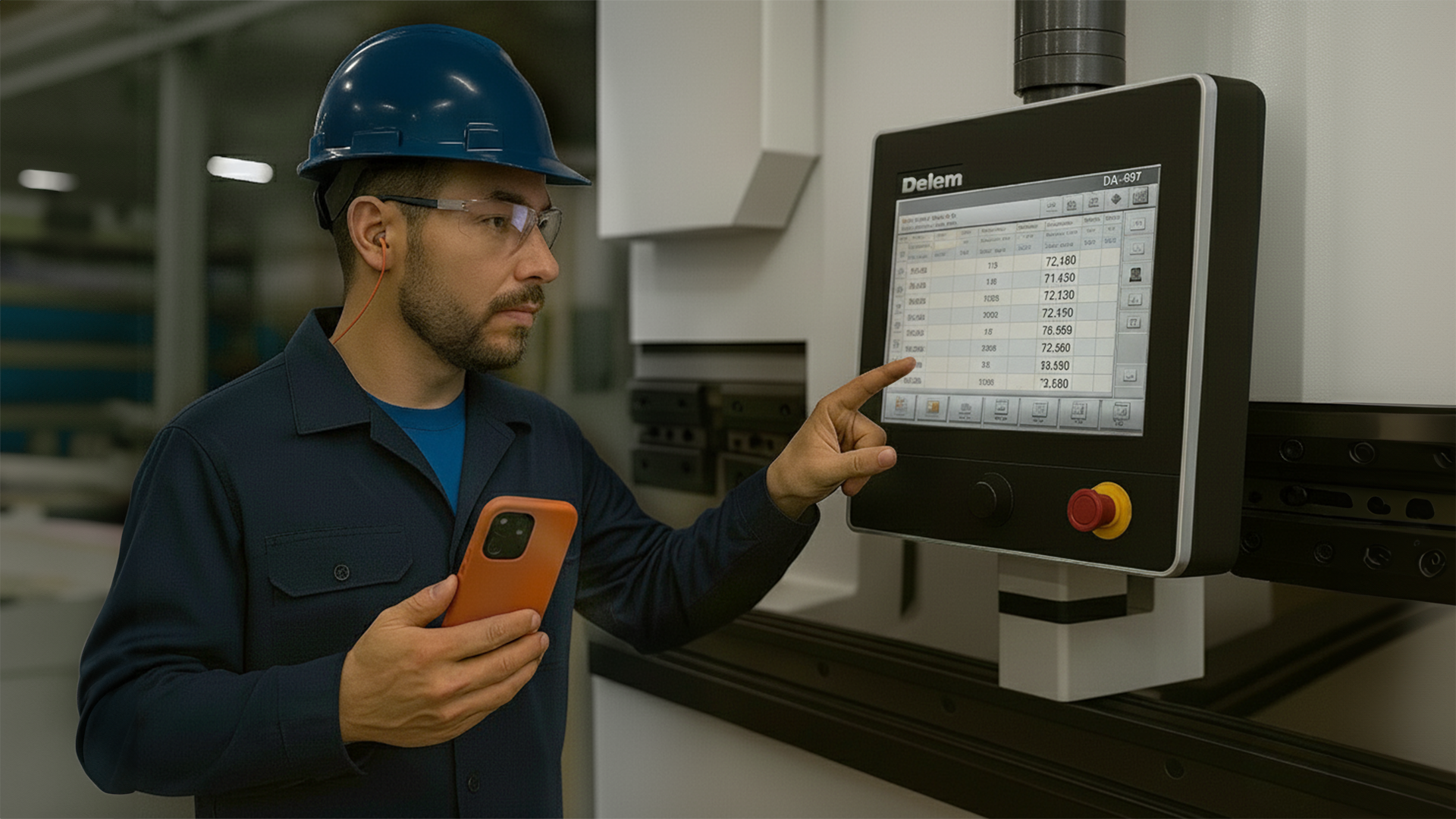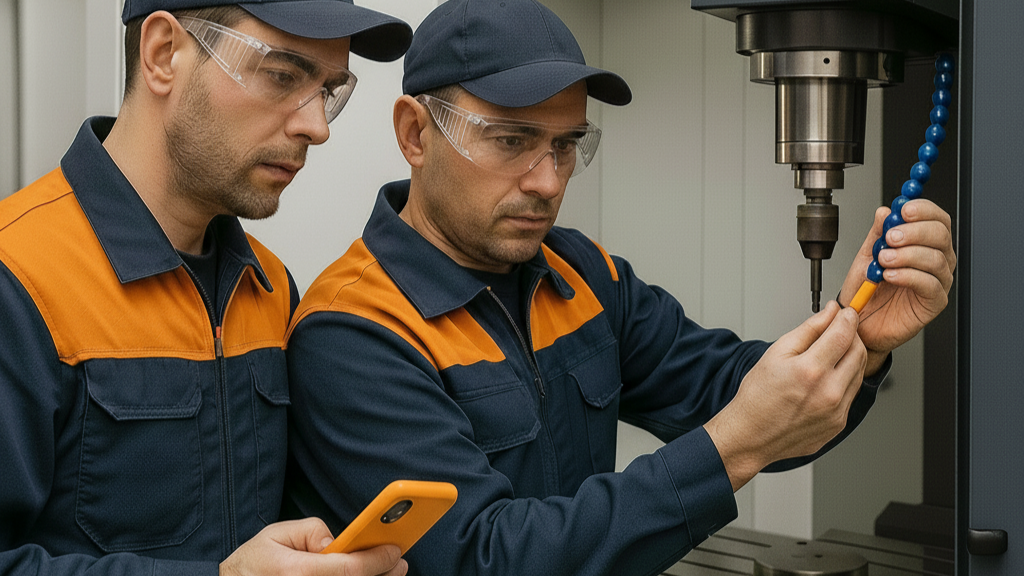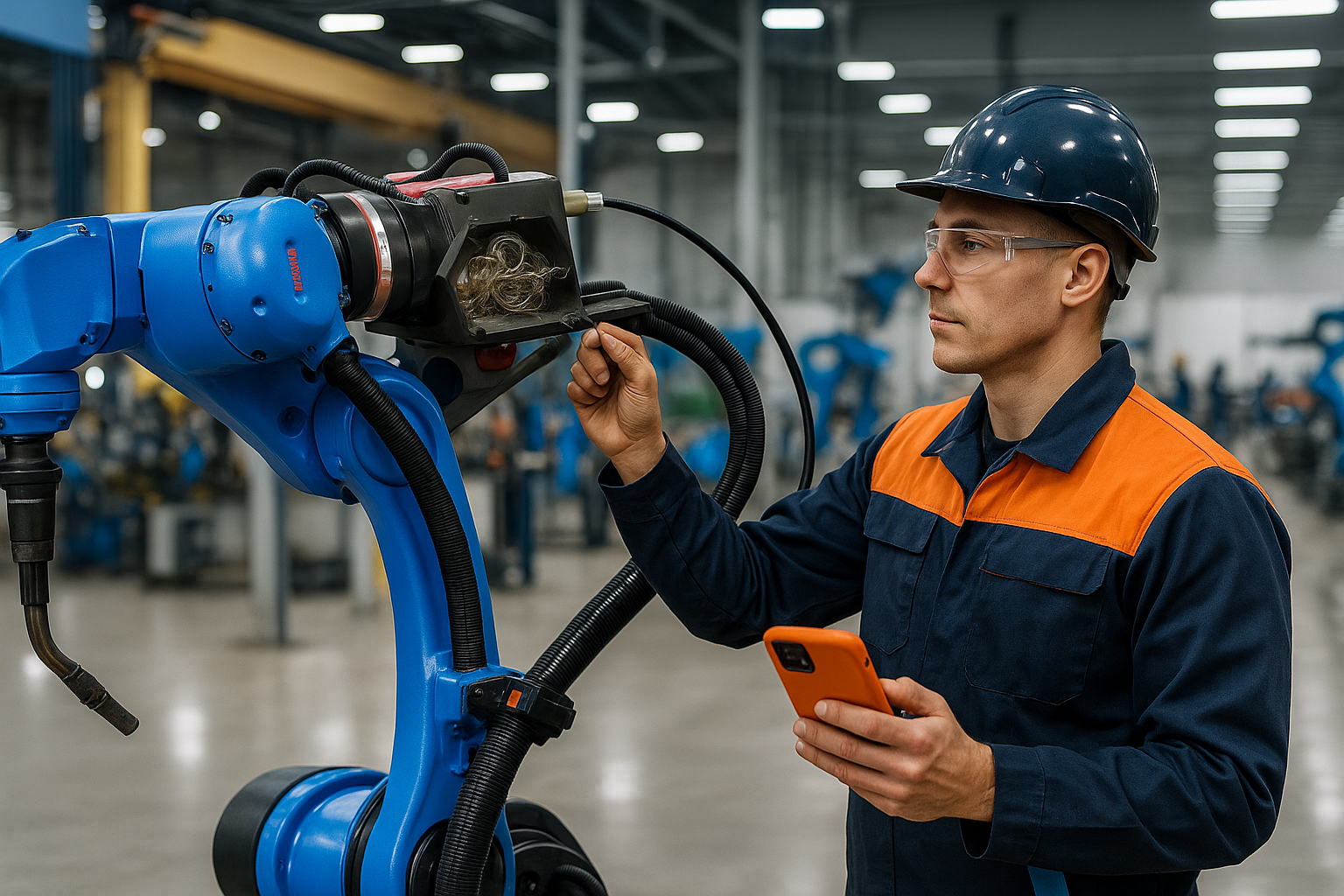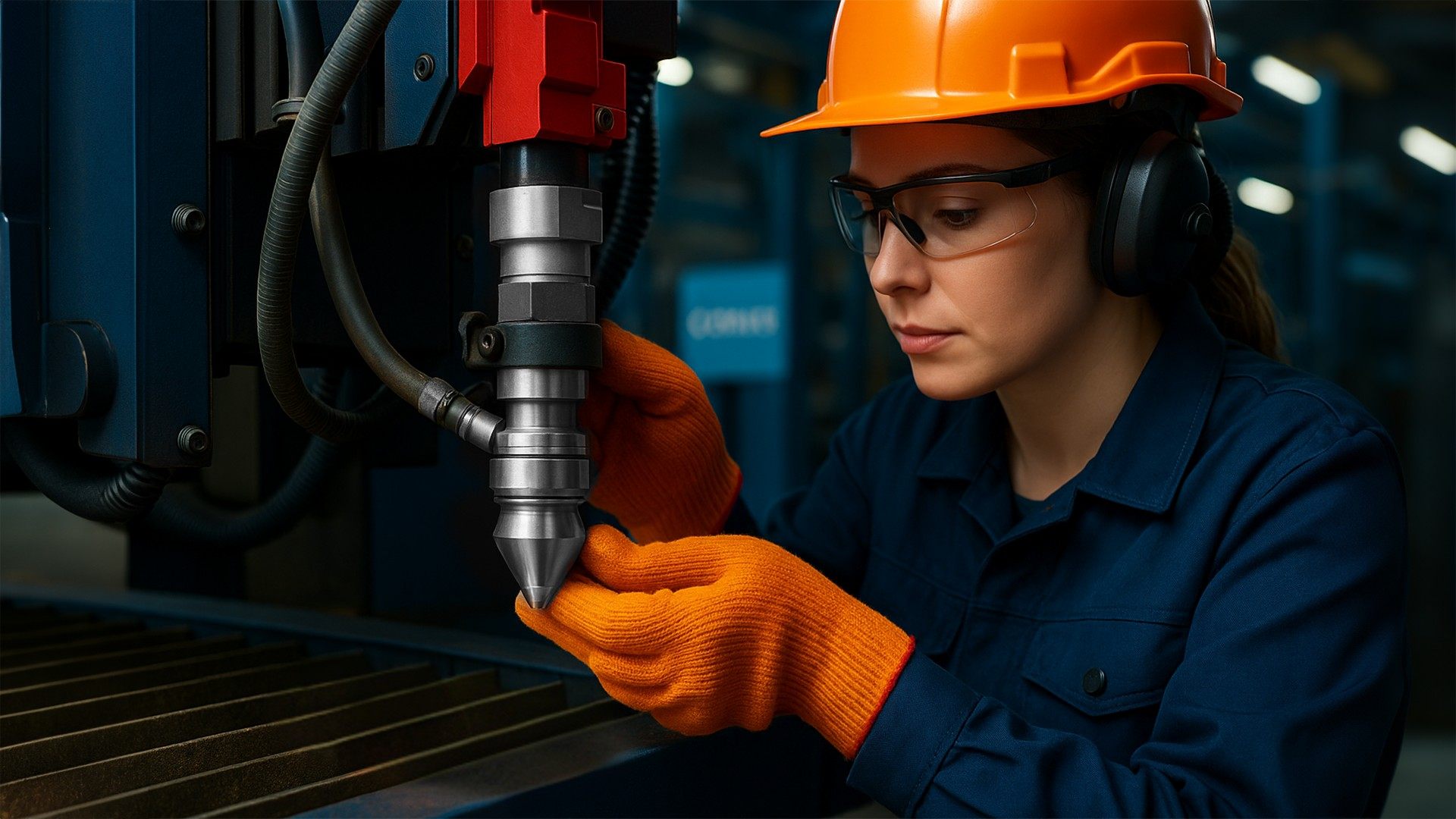How Planned Maintenance Helps Metal Manufacturers Avoid Production Bottlenecks and Disruptions
Whether you’re overseeing production lines or ensuring quality in manufacturing, Planned Maintenance (PM) is a vital part of Total Productive Maintenance (TPM) that keeps everything on track. By adopting PM strategies, manufacturers can:
- Directly address quality control challenges
- Reduce defects and enhance product consistency
- Minimize costly rework.
The Cost of Production Bottlenecks in Metal Manufacturing
Production bottlenecks are a nightmare for metal manufacturers. They disrupt workflows, delay orders, and increase operational costs. Unplanned downtime caused by equipment failures can lead to significant production delays and financial losses.
Planned Maintenance (PM) offers a solution by focusing on preventive care to keep machines running smoothly. PM involves scheduling regular maintenance tasks—such as cleaning, inspections, and minor repairs—to catch small issues before they escalate into major problems.
What Is Planned Maintenance?
Planned Maintenance (PM) is a systematic approach to maintaining equipment through routine checks and preventive actions. Unlike reactive maintenance, which addresses issues after they occur, PM is proactive and ensures equipment reliability.
Key Benefits of Planned Maintenance
- Avoiding Bottlenecks: PM reduces the risk of unexpected breakdowns that disrupt production
- Boosting Productivity: Reliable equipment ensures consistent throughput
- Lowering Costs: Preventive care minimizes expensive emergency repairs
- Improving Safety: Well-maintained machines reduce workplace hazards
Real-Life Example: Plumbing Products Fabrication Plant in Michigan
At a commercial plumbing products fabrication plant in Michigan, a laser cutter operator noticed reduced cutting precision during routine Planned Maintenance checks. Here’s what happened:
- The operator identified dirty optics and a clogged air filter as the root causes
- Using her TPM training, she cleaned the optics and replaced the filter
- This quick intervention restored the machine’s full functionality without requiring maintenance team involvement
The result? The plant avoided a production bottleneck during a high-demand sink order, saving an estimated $10,000 in lost production costs and ensuring on-time delivery.
Impact of Planned Maintenance on Avoiding Unplanned Disruptions
Planned maintenance involves implementing two main types of actions: preventive and post-failure. These actions play a key role in ensuring equipment availability and reliability, minimizing unplanned downtime, and improving operational efficiency. (Kaizen Institute)
By addressing potential issues before they lead to breakdowns, maintenance can be performed during scheduled windows rather than emergency situations. This approach stabilizes operations and boosts both productivity and equipment reliability.
Avoiding Disruptions with Planned Maintenance
For metal manufacturers, Planned Maintenance is more than just a strategy—it’s a necessity for avoiding bottlenecks and keeping operations on track. By addressing small issues early, PM ensures smoother workflows, improved reliability, and greater cost savings.
Learn More
For more insights into TPM strategies and how Planned Maintenance supports operational efficiency, visit TPM impact on Metal Manufacturing
And that’s your Corvex Connected Workforce Quick Take!
Contact Corvex
